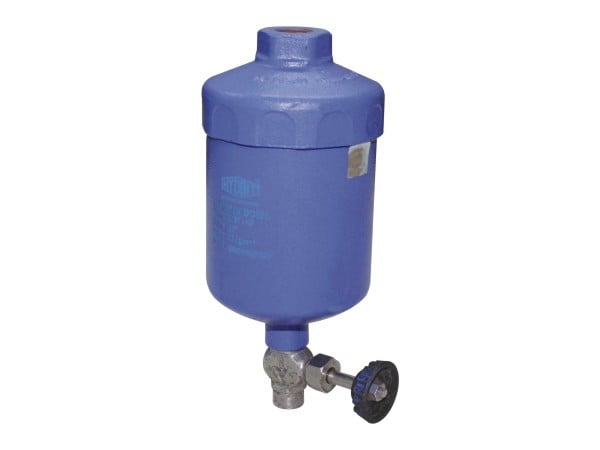If you’ve ever had a plumbing emergency, you know how important it is to install a drain valve in your home. But what is a drain valve, and how does it work?
A drain valve is a valve that controls the flow of water from your home’s plumbing system. It is usually located near the main water shut-off valve for your home.
How does a drain valve work?
A drain valve regulates water flow from your home’s plumbing system. When the valve opens, water can flow freely from your plumbing system. When the valve is closed, water can only flow out of your plumbing system if there is enough pressure to open the valve.
What are the benefits of installing a drain valve in your home?
There are many benefits to installing a drain valve in your home:
- It can help prevent damage to your home’s plumbing system in an emergency.
- It can help you save money on your water bill.
- It can help you avoid the hassle of shutting off your main water supply in a plumbing emergency.
How to install a drain valve in your home
Installing a drain valve in your home is a relatively simple process:
- Locate the main water shut-off valve for your home.
- Shut off the water supply to your home.
- Remove the cap from the drain valve.
- Screw the drain valve into the water shut-off valve.
- Turn on the water supply to your home and check for leaks.
What Is A Drain Valve?
A drain valve is a shut-off valve that controls the release of water from a system. It is typically used to prevent backflow and flooding and regulate water flow in a system. A drain valve can be manually operated or automatically.
How Does A Drain Valve Work?
A drain valve is a simple but essential piece of equipment in any home. Its purpose is to drain water from the house without going through the main water supply. This is especially useful in the event of a burst pipe or flooding.
How does a drain valve work?
A drain valve is installed in the home’s lowest point, usually in the basement. It is connected to the main water supply and has a handle that can be turned to open or close the valve. When the valve is closed, water cannot flow out of the home. When the valve is opened, water can flow out of the house through the drain.
What Are The Benefits Of Installing A Drain Valve In Your Home?
One of the benefits of installing a drain valve in your home is that it can help to prevent flooding. If a pipe bursts or there is heavy rainfall, the drain valve can be opened to allow the water to flow out of the home and into the drainage system. This can help to prevent extensive damage to the house and contents.
Another benefit of installing a drain valve is that it can provide access to water in the event of a power outage. If the main water supply is cut off, the drain valve can open to allow water to flow into the home. This can be used for drinking, cooking, and other basic needs.
A final benefit of installing a drain valve is that it can be used for irrigation. If you have a garden or lawn, you can open the drain valve to allow water to flow onto the plants. This can be especially useful when watering restrictions are in place in a drought.
How To Install A Drain Valve In Your Home
Installing a drain valve in your home is a simple process that can be done in a few hours. The first step is to locate the main water supply line. This is usually located in the basement or crawl space. Once the main water supply line is found, the next step is to shut off the water to the home. This can be done by turning off the main water valve or shutting off the home’s power.
After the water has been shut off, the next step is to locate the drain valve. The drain valve is usually located at the lowest point in the home, such as in the basement or crawl space. Once the drain valve is found, it is time to install it. The easiest way to install a drain valve is to use a T-fitting. A T-fitting will allow you to connect the drain valve to the main water supply line without cutting into the pipe.
Once the T-fitting is in place, attach a hose to the drain valve. The hose should be long enough to reach outside of your home. Once the hose is connected, you can turn on the water and test the drain valve.
Conclusion
Installing a drain valve in your home is a simple but essential process that can help prevent flooding and provide access to water during a power outage. It is a relatively inexpensive investment that can save money and hassle you in the long run. If you live in an area prone to flooding or power outages or want peace of mind, installing a drain valve is a great idea.

